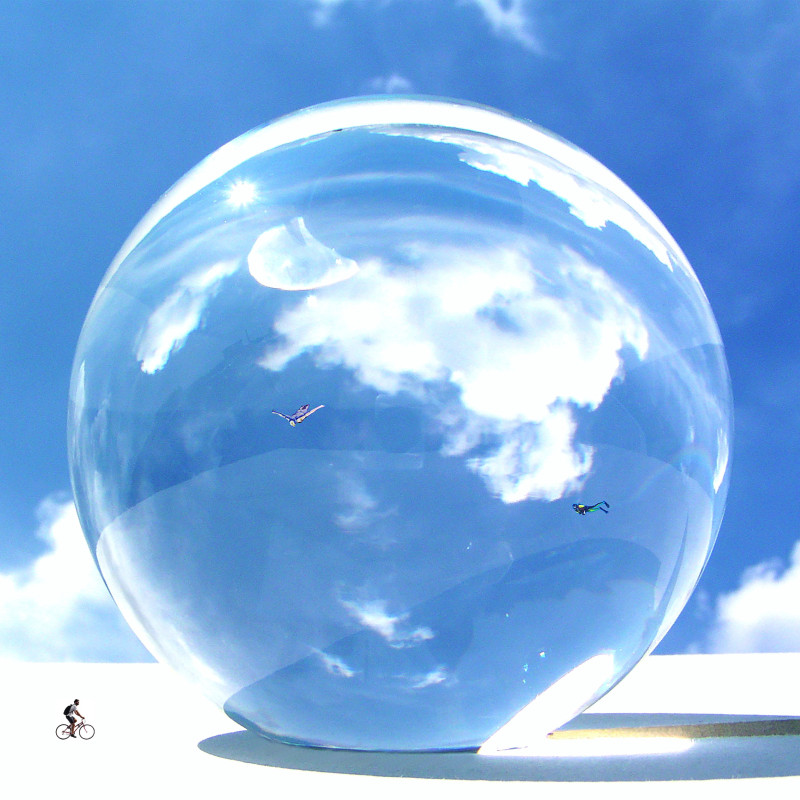5 key facts about this project
At the heart of this architectural endeavor lies the concept of harmony between built forms and nature. The structure is designed to seamlessly blend with the landscape, utilizing natural topography to enhance its aesthetic appeal and functional use. This intrinsic relationship with the environment not only serves to provide visual continuity but also supports passive design strategies, effectively minimizing energy consumption. The project utilizes local materials and craftsmanship, further deepening its connection with the locale and promoting regional identity.
A significant feature of the design is its adaptable spaces, which cater to a variety of functions. The layout promotes connectivity both within the structure and with external contexts, encouraging movement and social interaction. This emphasis on flexibility allows the building to serve multiple purposes, from hosting community events to providing quiet spaces for reflection. Such versatility is particularly relevant in today’s architectural practices, which increasingly seek to prioritize user needs while maximizing utility.
The materiality of the project is deliberate and thoughtfully chosen to echo the surrounding environment. Utilized materials include exposed concrete, sustainably sourced timber, glass, and metal, which together create a dialogue between durability and elegance. The concrete offers structural integrity, while the timber brings warmth and a sense of organic connection to the natural world. Extensive use of glass fosters transparency, allowing natural light to permeate the spaces and providing unobstructed views of the external landscape, thereby dissolving the boundaries between inside and outside.
Furthermore, the design incorporates green roofs and landscaping that serve both aesthetic and ecological purposes. These elements are integral in enhancing biodiversity, mitigating urban heat, and managing stormwater runoff, which contributes to a resilient architectural environment. The incorporation of native plant species in the landscaping also serves to maintain local ecosystems and support wildlife habitats, reinforcing the project's commitment to sustainability.
Unique design approaches are highlighted in this project through its innovative structural solutions. The use of cantilevered forms and open floor plans maximizes space usage while creating dynamic visual effects. These design strategies not only contribute to the building's overall aesthetic but also enhance the sense of openness within the interior, allowing occupants to experience a continuous flow of space.
The architectural design emphasizes user experience by incorporating biophilic design principles—where nature and natural elements are brought into everyday environments. This approach fosters a stronger connection between individuals and their surroundings, promoting well-being and creativity, which are critical components in modern architectural thinking.
By focusing on such relevant elements, the architecture of this project stands as a testament to thoughtful design that prioritizes not only aesthetic value but also functional clarity and environmental stewardship. Each aspect—material, form, and spatial organization—has been meticulously considered to create a cohesive whole that responds to both its context and its users.
To explore this project further, including detailed architectural plans, sections, and insightful architectural ideas, readers are encouraged to delve deeper into the various elements that contribute to its overall design and impact. Understanding these dimensions will provide a richer appreciation of how thoughtful architecture can enhance both individual experiences and community interaction, paving the way for future architectural discourse.


 Davor Silov
Davor Silov 




















